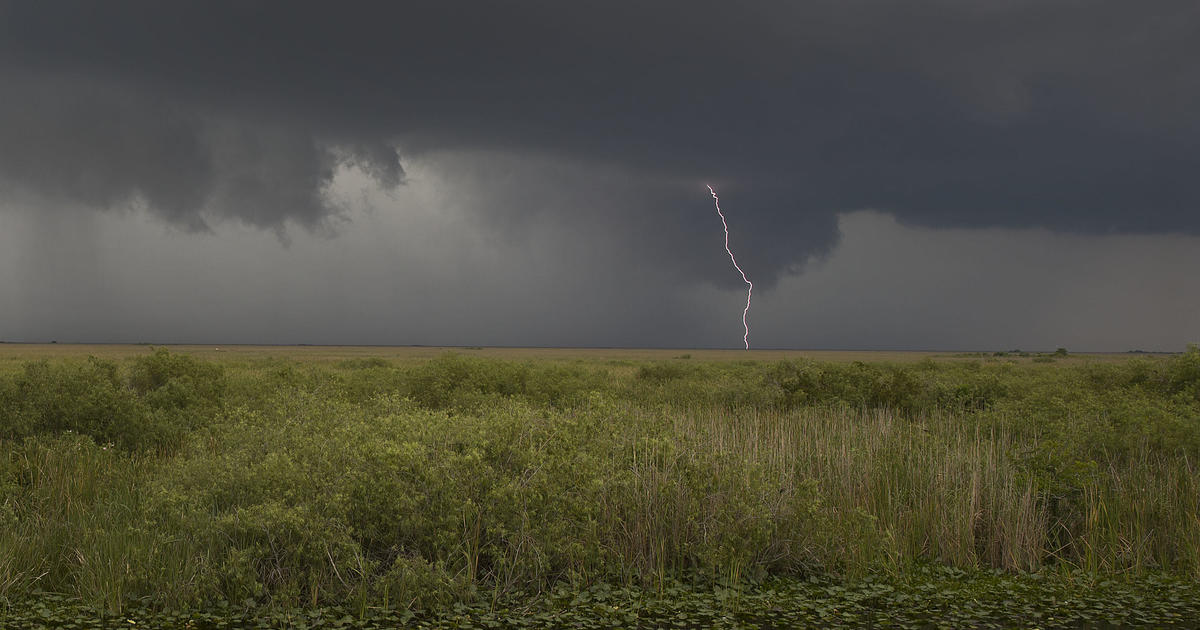FDA Regulations Change Sun Screen Labels
MIAMI (CBSMiami) -- South Florida is the sunshine state and we're used to slathering on lots of sunscreen but take a closer look at your sunscreen this summer and you might notice the bottles are presented a little differently this year.
There are several changes to how sun screens are labeled. Under new FDA regulations companies can't label their sun screens as waterproof, sweat proof, or sunblock.
The SPF number now tells you how long the product will protect you from UVB-rays.
Those are the ultraviolet rays that are the main culprit for causing skin cancer.
Dermatologists hope the new labels will help consumers make better choices about the products they use to block the sun's harmful rays.
"You should see sweat resistant or water resistant plus 40 minute or 80 minutes, meaning reapply that 40 or 80 minutes, explained Dr. Ellen Marmur from the American Academy of Dermatology.
Products will only get the water resistant label if they pass testing. Same goes for "broad spectrum" which means the sunscreen protects against both UVA and UVB rays.
"Anything off the shelf that says broad spectrum 30-50, and you should use it and reapply it and that should take all the confusion away," explained Dr. Marmur.
Under the new rules, a product with an SPF below 15 has a warning saying it only helps prevent sunburn and does not protect against skin cancer or skin aging.
Dermatologists also recommend putting on sunscreen 15 minutes before going out, wear hats and protective clothing and stay in the shade when you can.
Wearing sun protection is also important on cloudy days.
The new regulations will also apply to cosmetics and moisturizers that have sun protection.
The American Academy of Dermatology recommends using a sunscreen that's water resistant, offers broad spectrum protection and has an SPF of 30 or greater.



